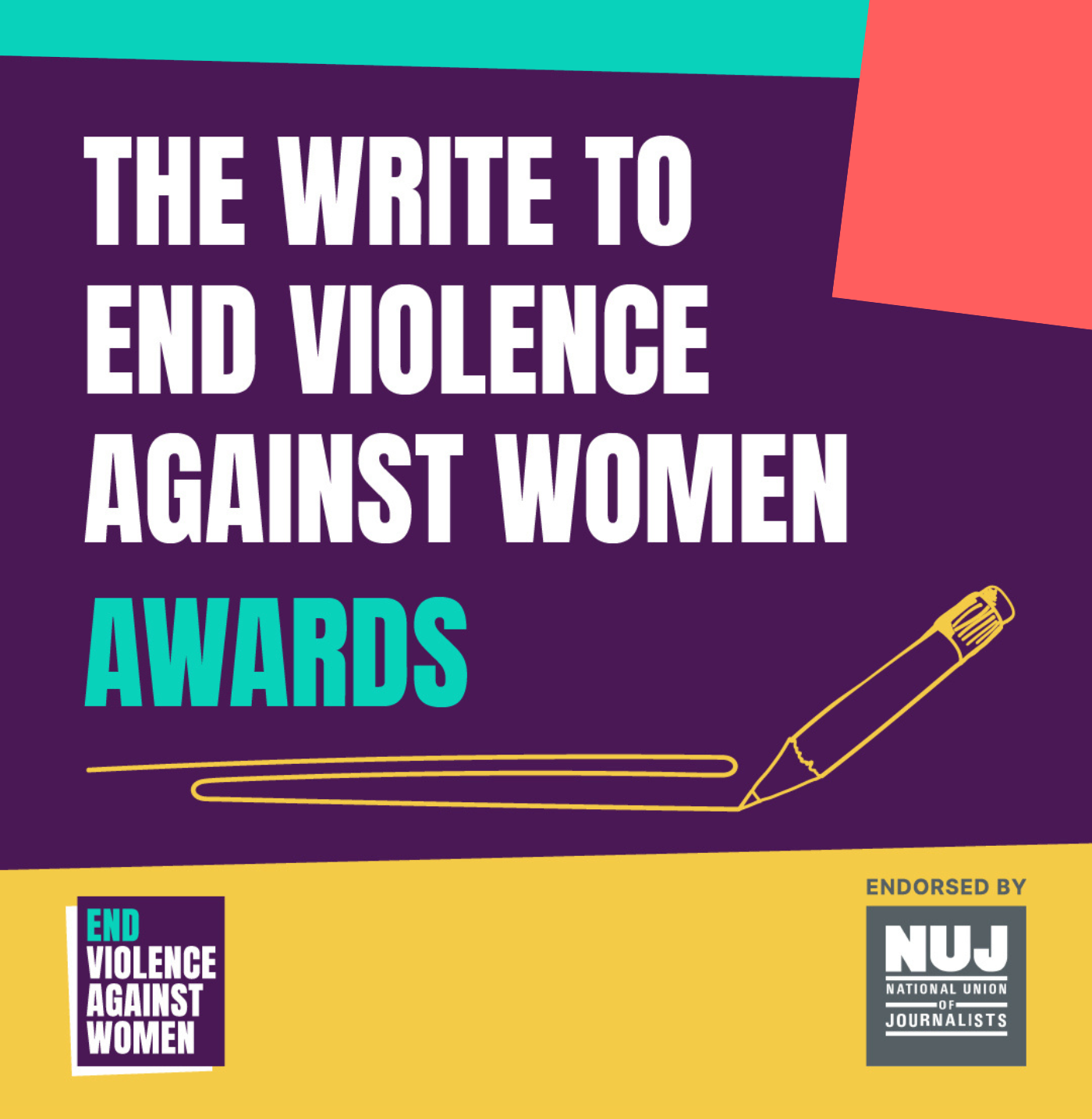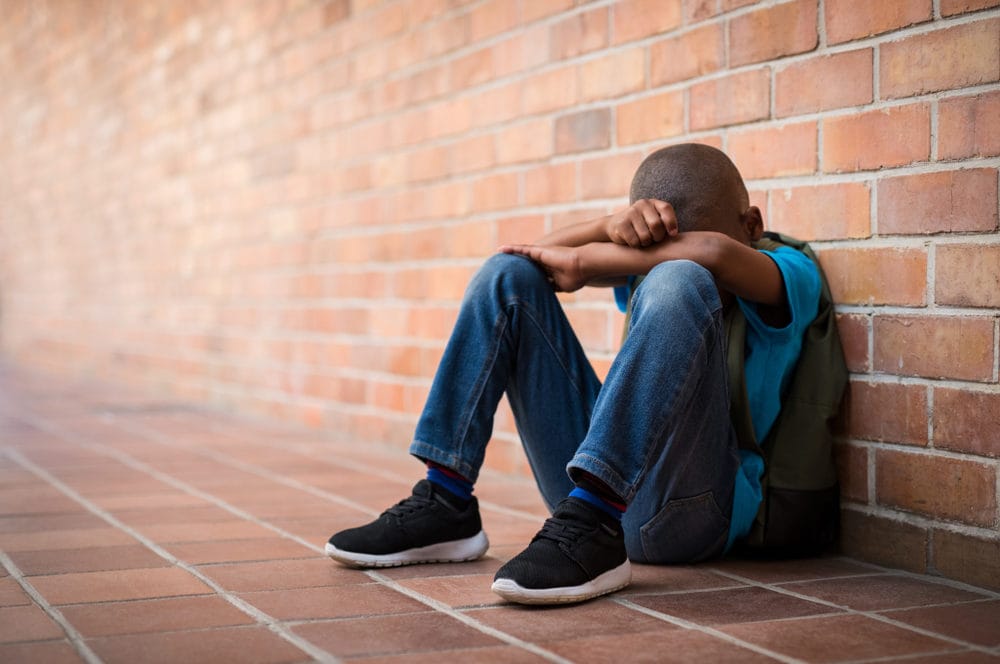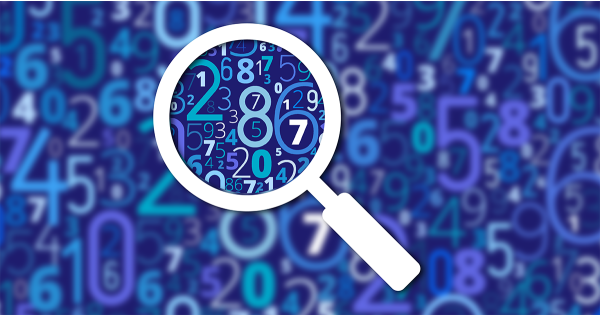‘Hell hole’ Tutwiler ignored as women face drugs, violence, corruption, former prison inmate says – AL.com

Report on Alabama’s Correctional System and Alignment with Sustainable Development Goals
An analysis of Alabama’s correctional facility investments reveals significant disparities and systemic failures, particularly concerning the state’s primary prison for women. These issues present a direct conflict with several key United Nations Sustainable Development Goals (SDGs), including those related to health, gender equality, and institutional justice.
Investment Disparities and Gender Inequality (SDG 5)
The state has committed $1.25 billion to construct a new 4,000-bed prison for men, aimed at alleviating overcrowding and violence. However, there is a notable absence of a corresponding plan to replace the Julia Tutwiler Prison for women, a facility established in 1942. This discrepancy in resource allocation highlights a failure to address the specific needs of female inmates, undermining the principles of SDG 5: Gender Equality, which calls for ending all forms of discrimination against women and girls.
- Men’s Facilities: A new, modern 4,000-bed prison is under construction, with a second men’s facility also planned.
- Women’s Facility: The 83-year-old Tutwiler Prison remains operational with no plans for replacement, perpetuating substandard living conditions for its population.
Representative Chris England noted this disparity, stating, “it sends a horrible message that we’re allowing women to live in a squalor… while we focus on building another facility for men.”
Institutional Failures and a Deficit in Justice (SDG 16)
Testimony provided to the Alabama Legislature’s Joint Prison Oversight Committee by former inmate Rachel Elledge details an environment that is antithetical to rehabilitation and justice. This points to a severe misalignment with SDG 16: Peace, Justice and Strong Institutions, which aims to build effective, accountable, and inclusive institutions at all levels.
Key Institutional Problems Reported at Tutwiler Prison:
- Corruption: Allegations of correctional officers profiting from the sale of illegal drugs within the prison.
- Pervasive Violence: Inmates reportedly engage in violence over drug-related debts.
- Lack of Accountability: A systemic failure to control the flow of contraband and ensure the safety of inmates.
- Historical Issues: A 2014 Department of Justice investigation found a history of staff-on-prisoner sexual abuse, and while a consent decree led to reforms, current testimony suggests deep-rooted problems persist.
Impact on Health, Well-being, and Inequality (SDG 3 & SDG 10)
The conditions at Tutwiler Prison actively undermine the health and future prospects of its inmates, directly contravening SDG 3: Good Health and Well-being and SDG 10: Reduced Inequalities.
Challenges to Inmate Health and Rehabilitation:
- Inadequate Health Services: Former inmates report long waiting lists for essential drug addiction programs, denying them the opportunity for recovery. Ms. Elledge, who served time for a drug charge, never received access to a rehabilitation program while incarcerated.
- Unsafe Living Conditions: The facility lacks air conditioning, with summer temperatures in dorms reportedly exceeding 100 degrees, exacerbating tensions and contributing to violence.
- Cycle of Disadvantage: By failing to provide rehabilitative opportunities, the institution risks compounding the social and economic disadvantages that lead to incarceration, thereby increasing inequality rather than reducing it.
As Ms. Elledge stated, the goal must be to “set some programs that allow these ladies to transition and realize that there’s another way to live.” Without such programs, the correctional system fails in its mandate to reform and instead perpetuates a cycle of addiction and crime, further marginalizing a vulnerable population.
Analysis of Sustainable Development Goals in the Article
1. Which SDGs are addressed or connected to the issues highlighted in the article?
The article discusses several issues within Alabama’s prison system, particularly the Julia Tutwiler Prison for women, that connect to multiple Sustainable Development Goals. The primary SDGs addressed are:
- SDG 3: Good Health and Well-being: The article highlights significant health challenges, focusing on the prevalence of drug addiction among inmates and the lack of adequate treatment programs.
- SDG 5: Gender Equality: A central theme is the disparity between the state’s investment in men’s and women’s correctional facilities, pointing to systemic gender inequality.
- SDG 10: Reduced Inequalities: The article describes the marginalization of a specific group—incarcerated women—who face unequal access to safe living conditions and rehabilitative opportunities compared to male inmates.
- SDG 16: Peace, Justice and Strong Institutions: The core of the article critiques the failures of the correctional institution, detailing issues of violence, corruption, lack of accountability, and the overall ineffectiveness of the prison system.
2. What specific targets under those SDGs can be identified based on the article’s content?
Based on the issues described, several specific SDG targets are relevant:
-
SDG 3: Good Health and Well-being
- Target 3.5: Strengthen the prevention and treatment of substance abuse, including narcotic drug abuse and harmful use of alcohol. This is directly relevant to the testimony of Rachel Elledge, who was incarcerated for a drug charge and stated, “We have a drug problem, most of us.” She notes the “limited programs to help the inmates with addiction problems” and that she “never was able to receive any kind of help.”
-
SDG 5: Gender Equality
- Target 5.2: Eliminate all forms of violence against all women and girls in the public and private spheres. The article references a 2014 Department of Justice investigation that found “a history of unabated staff-on-prisoner sexual abuses and harassment” at Tutwiler, a form of gender-based violence.
- Target 5.c: Adopt and strengthen sound policies and enforceable legislation for the promotion of gender equality. The article highlights a policy failure by contrasting the “$1.25 billion to build a 4,000-bed prison for men” with the fact that “there is no plan to replace Julia Tutwiler Prison, the state’s only major prison for women.” Rep. Chris England calls this a “horrible message that we’re allowing women to live in a squalor.”
-
SDG 10: Reduced Inequalities
- Target 10.3: Ensure equal opportunity and reduce inequalities of outcome. The article points to an inequality of outcome, where women are at risk of being “more damaged when their incarceration ends” due to the violent, drug-fueled environment and lack of rehabilitative programs, which denies them an equal opportunity for reform.
-
SDG 16: Peace, Justice and Strong Institutions
- Target 16.1: Significantly reduce all forms of violence and related death rates everywhere. The article is replete with examples of violence, including inmates “stabbing each other, they’re hitting each other in the face with bricks,” and the testimony of a man “whose son was killed in prison last year.”
- Target 16.5: Substantially reduce corruption and bribery in all their forms. Corruption is explicitly mentioned in the testimony that a correctional officer “put two daughters through college with the money he made selling drugs in the prison.”
- Target 16.6: Develop effective, accountable and transparent institutions at all levels. The entire article is a critique of the Alabama Department of Corrections as an ineffective and unaccountable institution. The call for “reform,” “change,” and “accountability” speaks directly to this target. The creation of a new unit for “providing information to the family members” is a small step towards transparency and accountability.
3. Are there any indicators mentioned or implied in the article that can be used to measure progress towards the identified targets?
The article provides several qualitative and quantitative points that can serve as indicators to measure progress:
- Indicator for Target 16.1 (Reduce Violence): The frequency of violent acts. The article mentions specific types of violence like “stabbing,” “hitting each other in the face with bricks,” and prison homicides (“son was killed in prison”). A reduction in the number of these reported incidents would indicate progress.
- Indicator for Target 16.5 (Reduce Corruption): The number of staff investigated or disciplined for corruption. The anecdote about the officer selling drugs is a stark example. Tracking and reporting on such cases would be a measure of anti-corruption efforts.
- Indicator for Target 3.5 (Substance Abuse Treatment): The availability of and enrollment in drug treatment programs. The article states there are “waiting lists at Tutwiler to get into programs.” The length of these waiting lists and the percentage of inmates with addiction issues enrolled in programs are clear, measurable indicators.
- Indicator for Target 5.c (Gender Equality): State capital expenditure on correctional facilities, disaggregated by gender. The article provides a clear baseline: “$1.25 billion” for new men’s facilities versus “$0” for replacing the 83-year-old women’s prison. Future budget allocations can be tracked against this.
- Indicator for Target 16.6 (Accountable Institutions): The existence and effectiveness of grievance and communication mechanisms. The article notes the passage of a bill to create a “family services unit.” The operational status and performance of this unit would be an indicator of institutional accountability.
4. Table of SDGs, Targets, and Indicators
| SDGs | Targets | Indicators Identified in the Article |
|---|---|---|
| SDG 3: Good Health and Well-being | 3.5: Strengthen the prevention and treatment of substance abuse. | Existence of waiting lists for drug treatment programs; percentage of inmates with addiction receiving help. |
| SDG 5: Gender Equality | 5.c: Adopt and strengthen sound policies and enforceable legislation for the promotion of gender equality. | Disparity in capital investment between men’s ($1.25 billion) and women’s (no plan) prison facilities. |
| SDG 10: Reduced Inequalities | 10.3: Ensure equal opportunity and reduce inequalities of outcome. | Lack of rehabilitative opportunities for women, leading to a higher risk of being “more damaged” post-incarceration. |
| SDG 16: Peace, Justice and Strong Institutions | 16.1: Significantly reduce all forms of violence and related death rates everywhere. | Reports of stabbings, beatings, and homicides within the prison system. |
| 16.5: Substantially reduce corruption and bribery in all their forms. | Anecdotal evidence of correctional officers selling drugs to inmates. | |
| 16.6: Develop effective, accountable and transparent institutions at all levels. | The call for “accountability” and the establishment of a new family services unit to improve communication. |
Source: al.com

What is Your Reaction?
 Like
0
Like
0
 Dislike
0
Dislike
0
 Love
0
Love
0
 Funny
0
Funny
0
 Angry
0
Angry
0
 Sad
0
Sad
0
 Wow
0
Wow
0


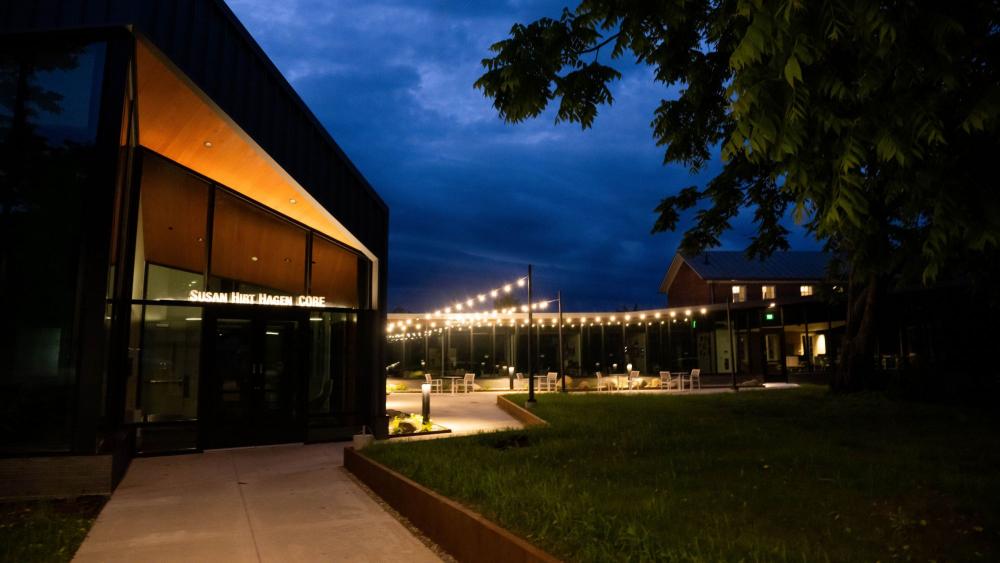


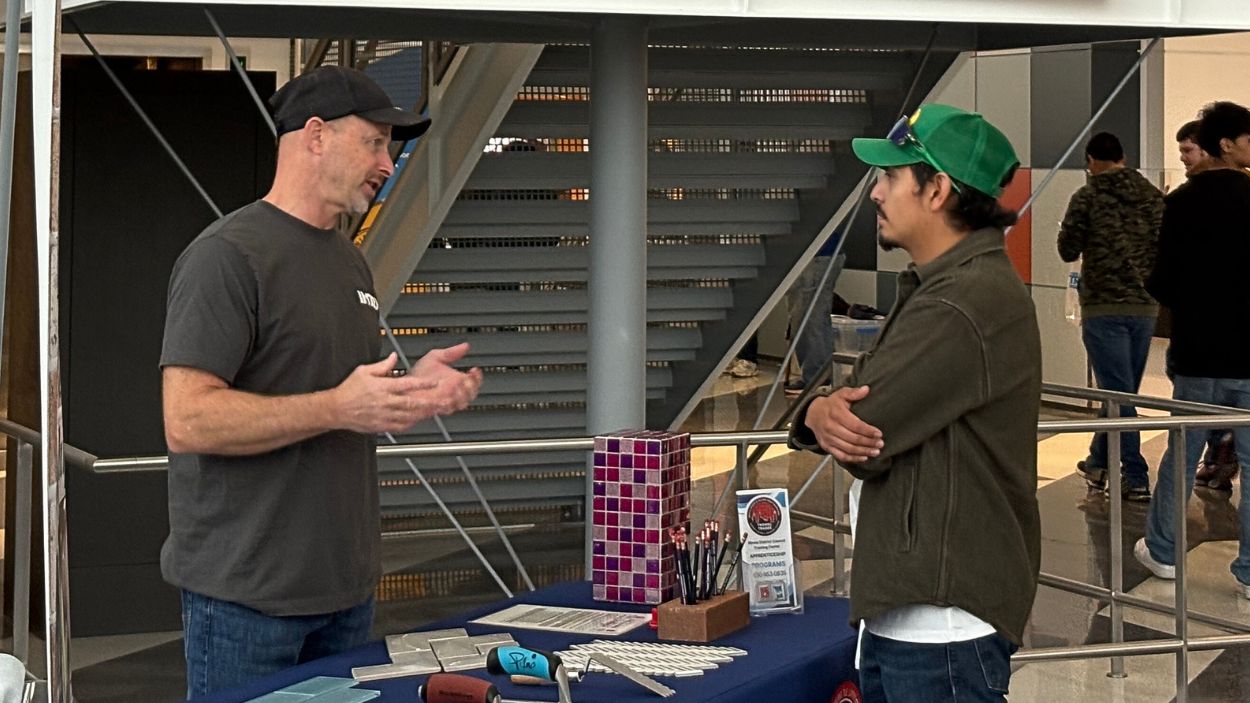

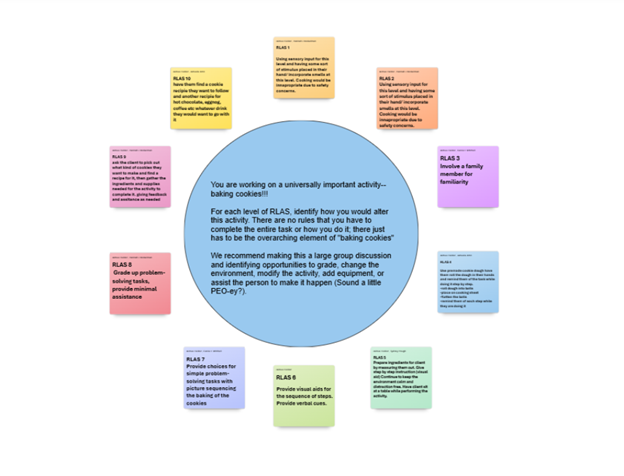
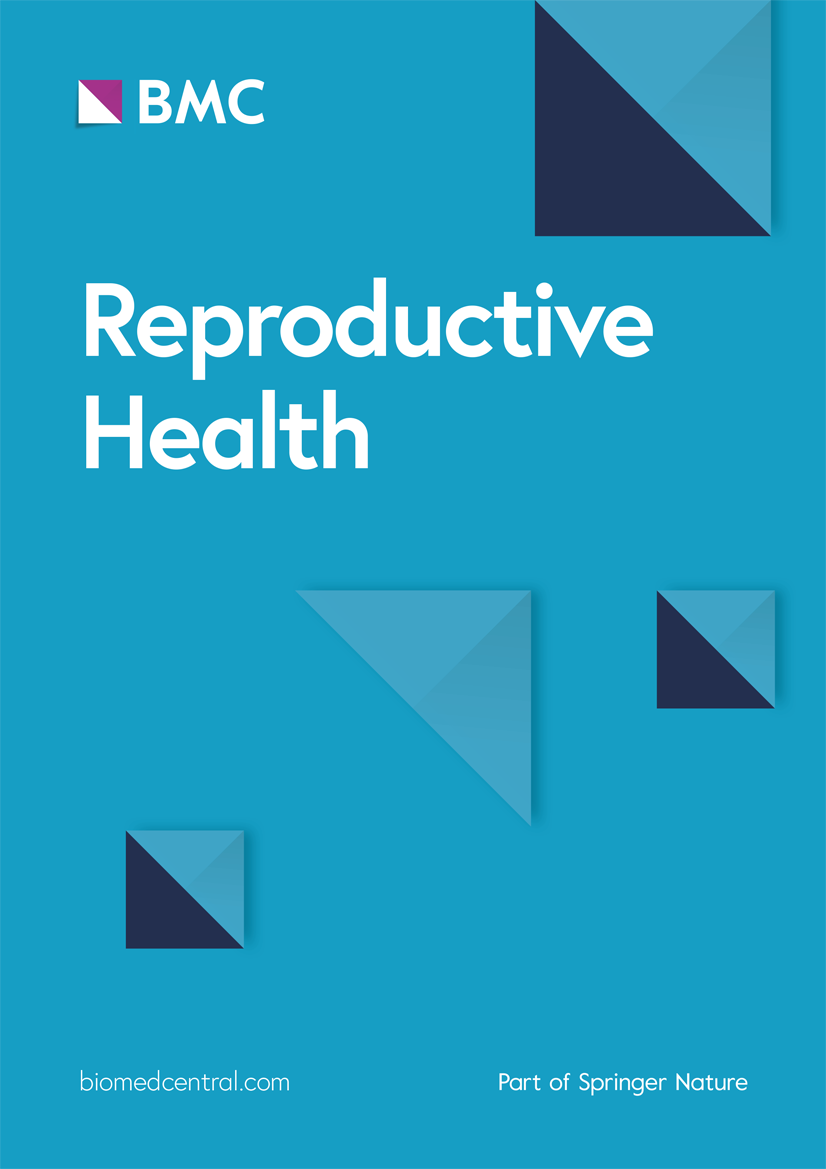


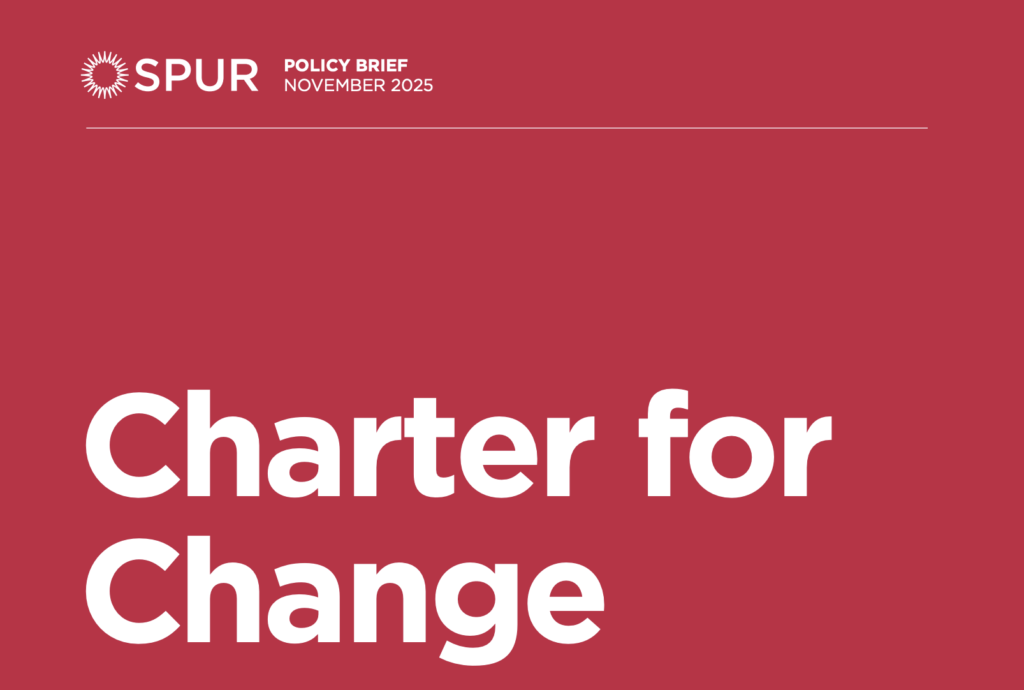

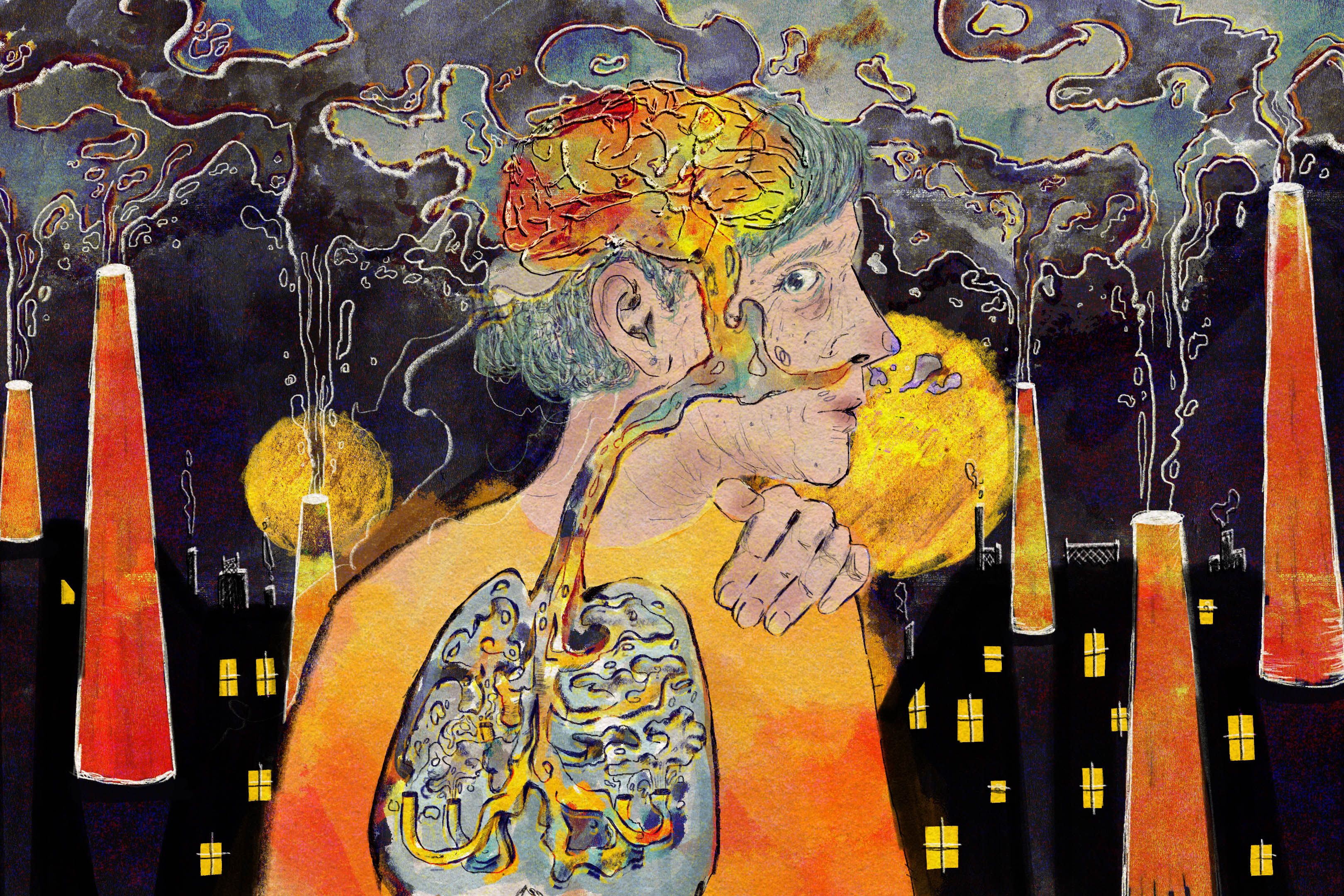














.jpg?#)


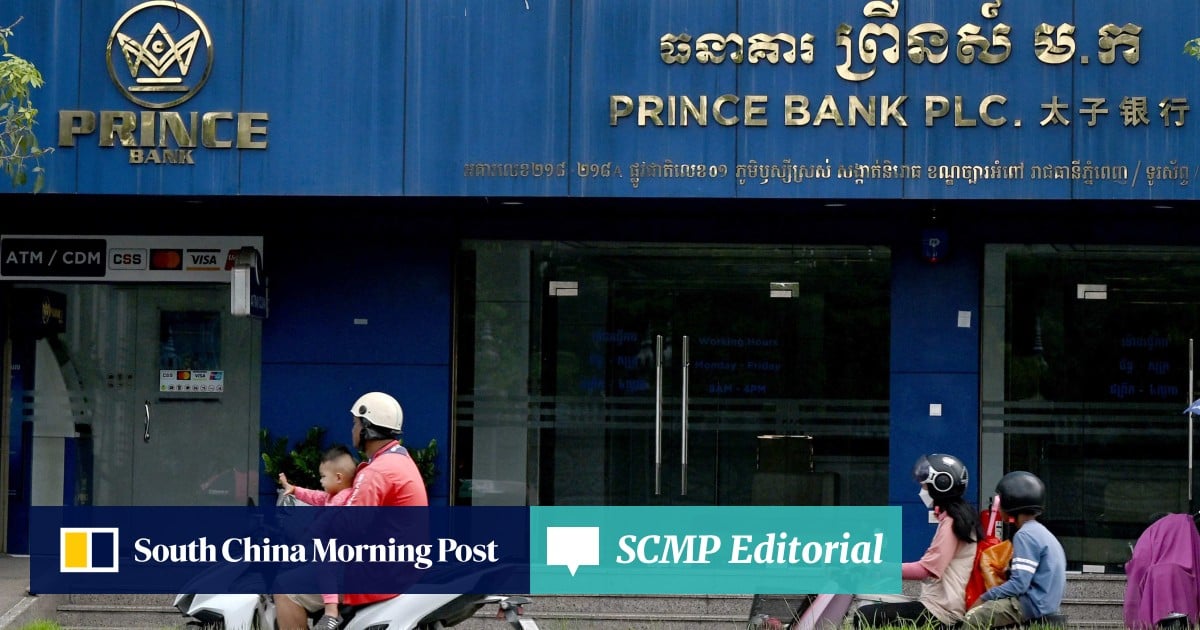





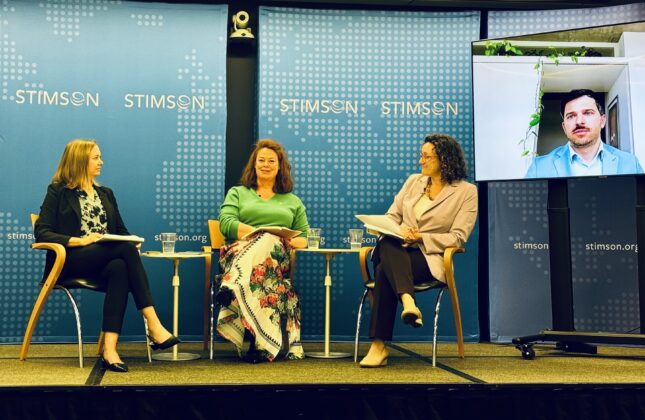




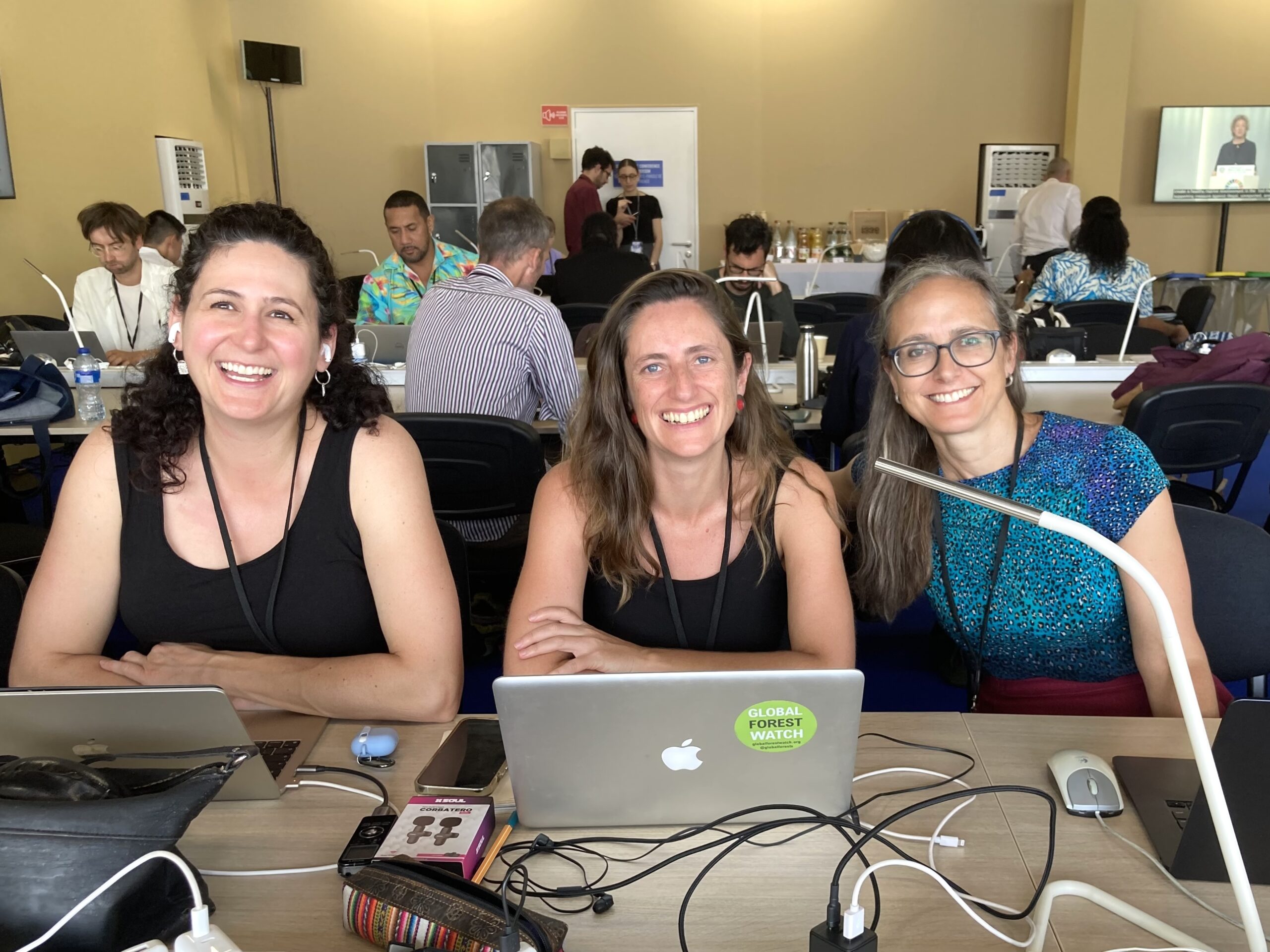






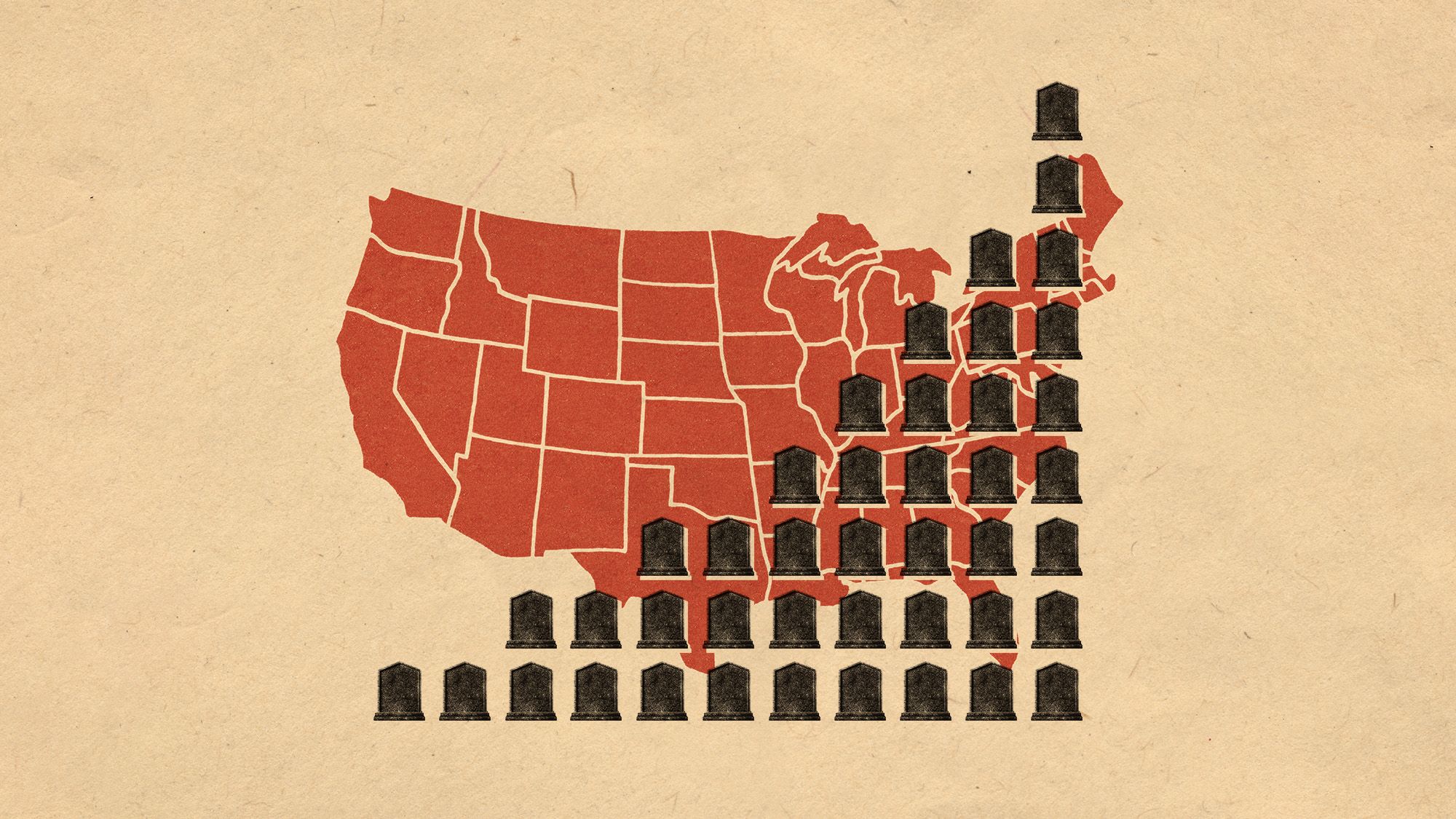

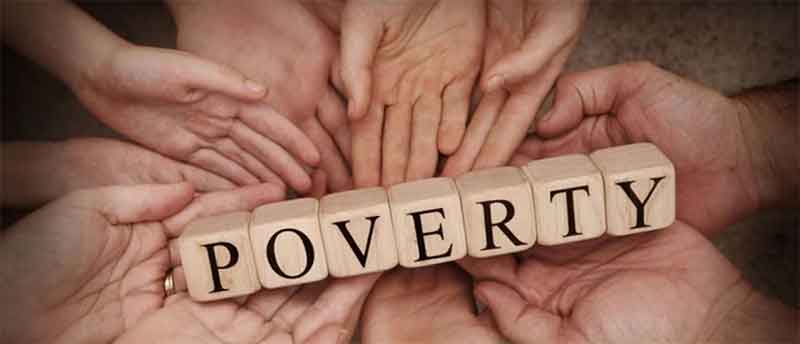
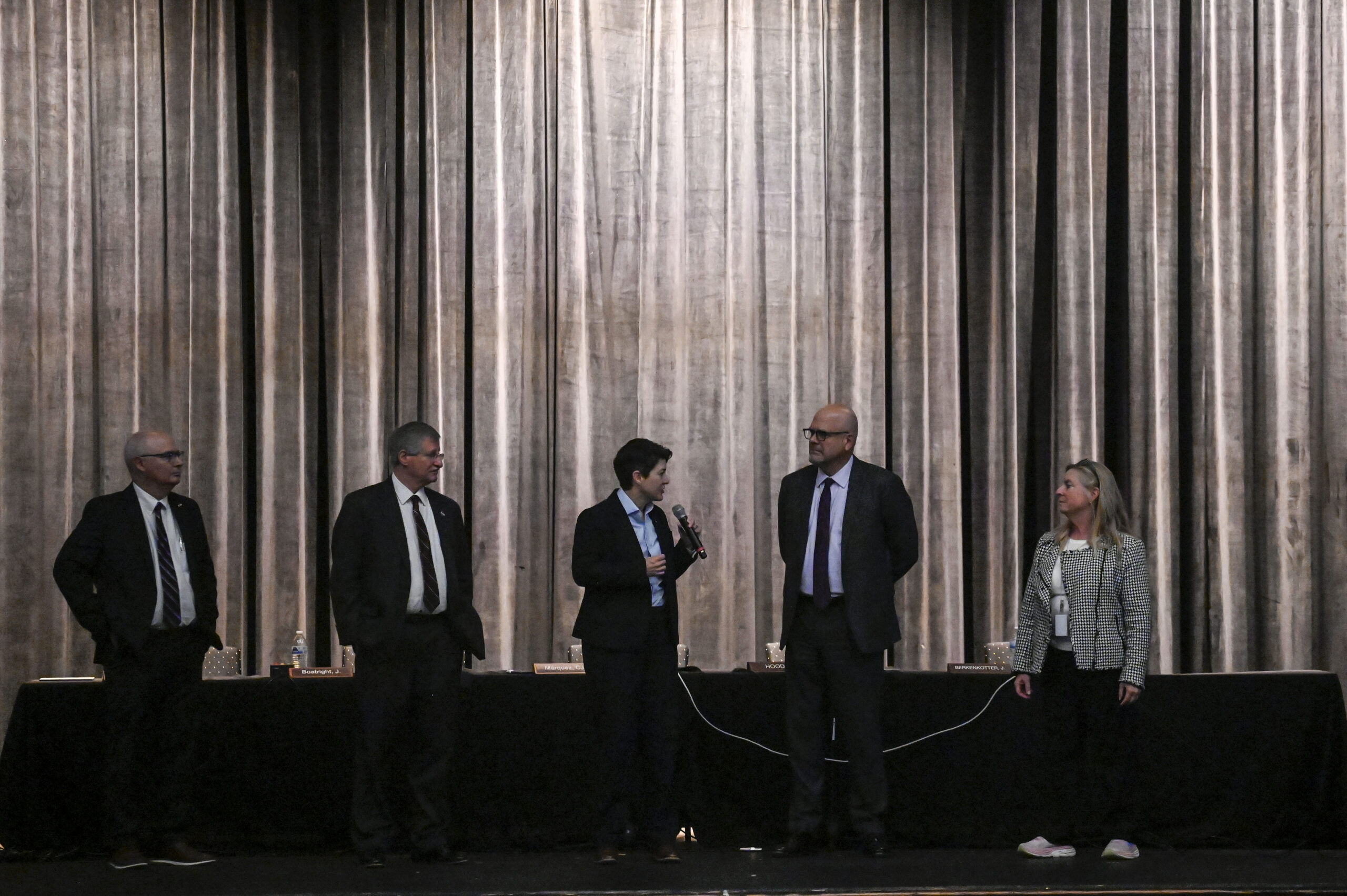



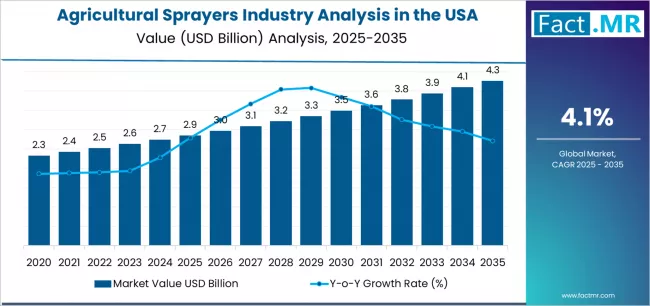






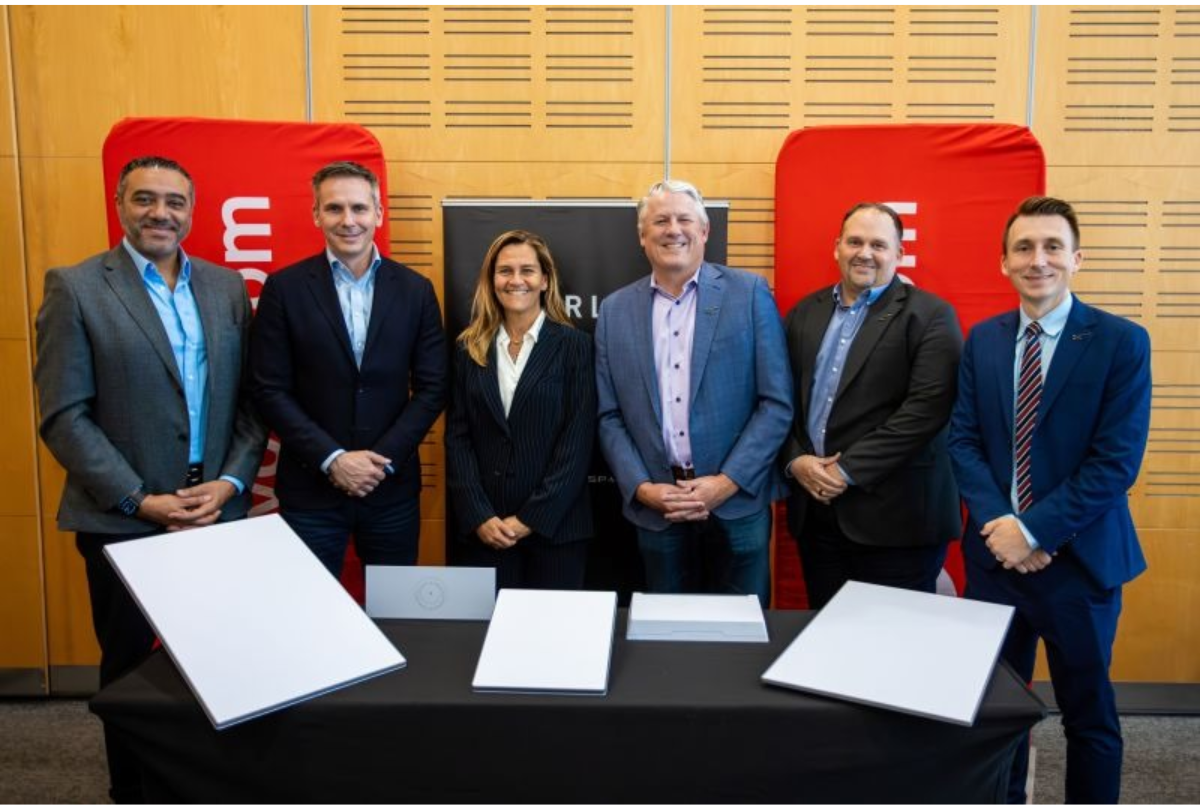


.jpg?h=2ed77c86&itok=KBkaaFUH#)

